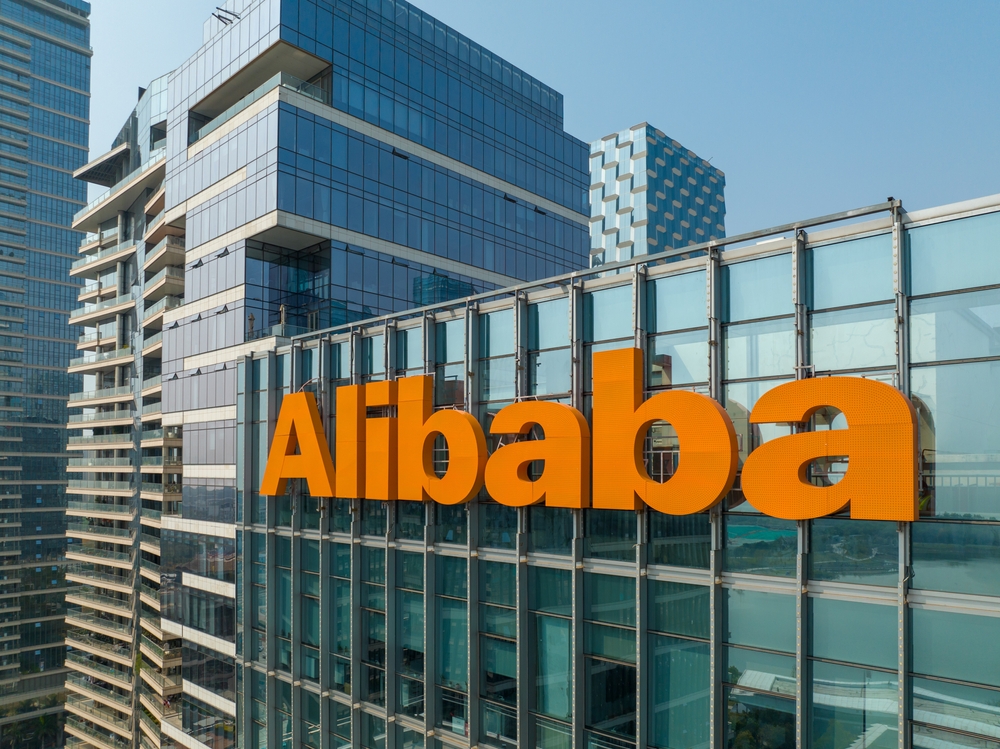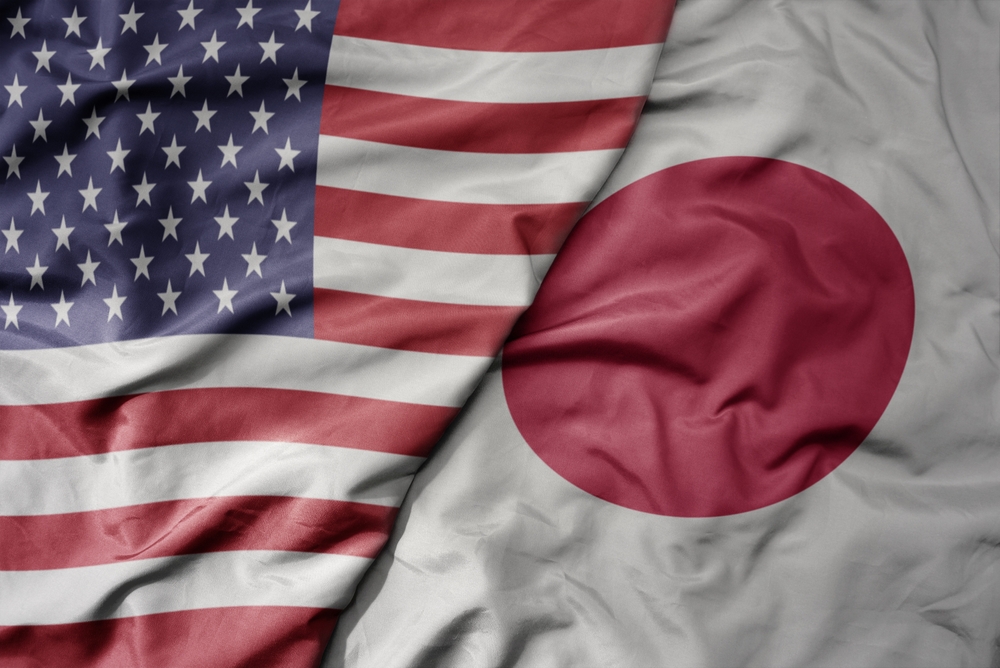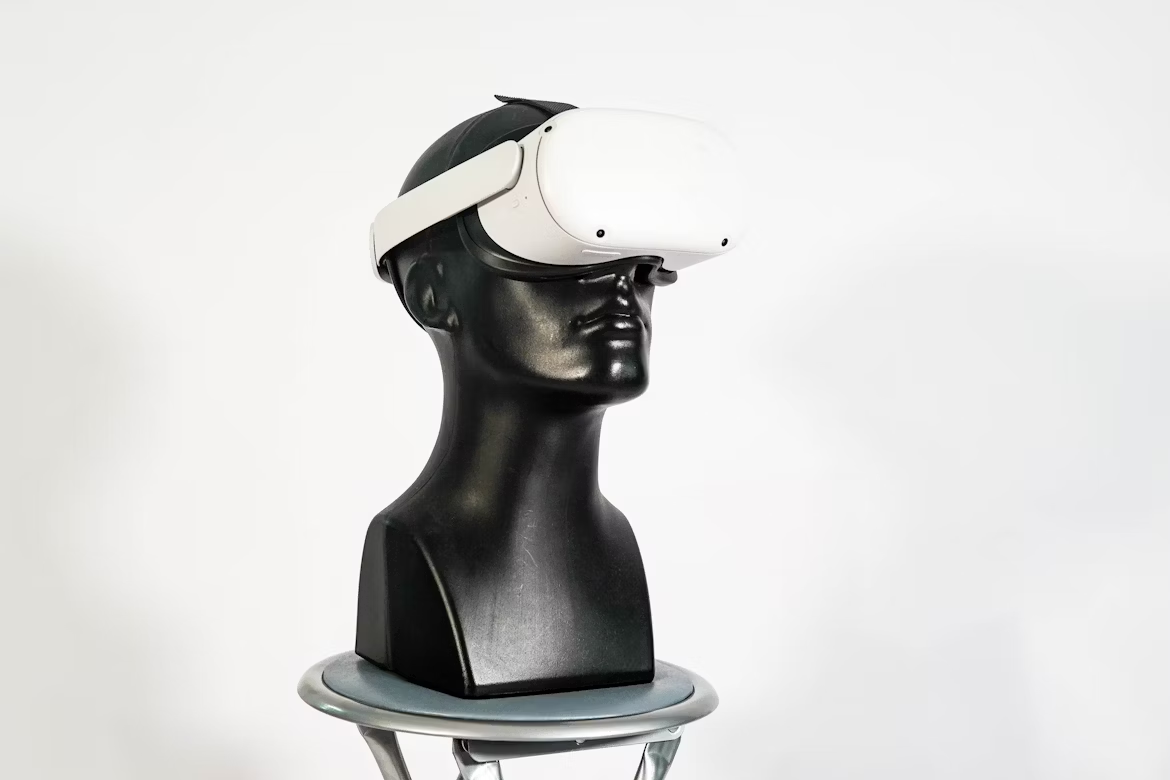On Tuesday, July 22, a historic trade agreement was reached between the United States and Japan. This deal is considered one of the largest ever concluded between the two economic powers and is expected to have a significant impact. President Trump described it as a key step toward America's growth and advancement. Under the agreement, Japan will invest a staggering $550 billion in the U.S., while in return, the tariff rate for Japanese goods will be reduced to 15%.
What’s at the Core of the Agreement?
The deal includes not only massive capital investments but also, as mentioned above, a reduction in tariffs on Japanese automobiles. Tariffs on Japanese cars will be lowered from the current 25% to 15%, which is expected to significantly boost Japanese auto exports to the U.S. Automobiles represented 28.3% of Japan’s exports to the U.S. in 2024. This easing of trade policy follows a sharp decline of 26.7% in Japanese car exports to the U.S. in June 2025.
In addition to the automotive sector, the agreement will also open the Japanese market to more U.S. products, including rice and agricultural goods, potentially giving a strong boost to American exports. In the long run, this trade deal not only supports U.S. economic growth but also represents a strategic opportunity to create hundreds of thousands of jobs.
Market and Investor Reactions
Markets responded positively to the announcement—particularly in Japan, where the Nikkei 225 index surged by more than 2%.* Japanese carmakers saw even greater gains: Honda, Toyota, Nissan, Mazda, and Mitsubishi Motors all recorded stock price increases ranging between 8% and 17%.* This demonstrates the substantial impact the deal has had on Japanese companies and signals a positive growth outlook for shareholders.
Political and Geopolitical Implications
The agreement also carries political weight, forming part of a broader geopolitical strategy between the U.S. and Japan. In Japan, political conditions remain fragile, as Prime Minister Shigeru Ishiba's coalition has lost its majority in the Upper House. According to some analysts, the successful trade deal could help ease domestic political tensions and potentially prevent a no-confidence vote against the government. This, in turn, could contribute to greater market stability and investment confidence in Japan.
Future Outlook
This deal between the U.S. and Japan is just the beginning. Trump has already hinted at new trade agreements with Europe, although specific details have yet to be released. These initiatives signal America's intention to strengthen trade ties with strategic partners, enhancing both economic growth and global political influence.
Conclusion
The new trade agreement between the U.S. and Japan marks a significant milestone not only for both countries but also for global markets. Lower tariffs, massive investments, and newly opened markets offer attractive opportunities for investors, especially in the automotive and agricultural export sectors. On the other hand, political and geopolitical developments will remain crucial in determining the long-term impact of these moves. For investors, it will be essential to monitor how these trade relationships evolve and how they influence stock markets in both countries.
* Past performance is no guarantee of future results.
Nikkei 225 performance over the past five years: https://tradingeconomics.com/japan/stock-market
Honda's performance over the past five years: https://tradingeconomics.com/hmc:us
Toyota's performance over the past five years: https://tradingeconomics.com/tm:us
Nissan performance over the past five years: https://tradingeconomics.com/hmc:us
Mazda's performance over the past five years: https://tradingeconomics.com/hmc:us
Mitsubishi's performance over the past five years: https://tradingeconomics.com/hmc:us
Sources:
https://truthsocial.com/@realDonaldTrump/posts/114899417740854572
https://www.customs.go.jp/toukei/shinbun/trade-st_e/2024/2024_117e.pdf















